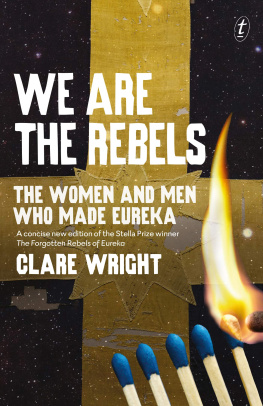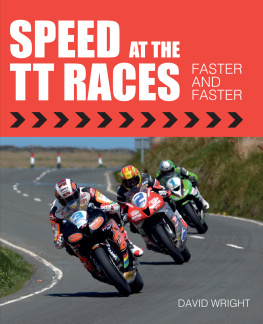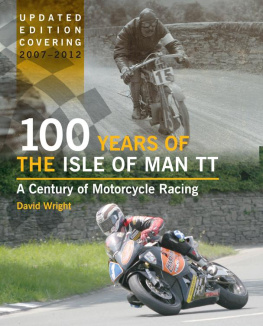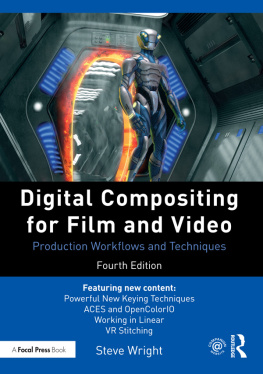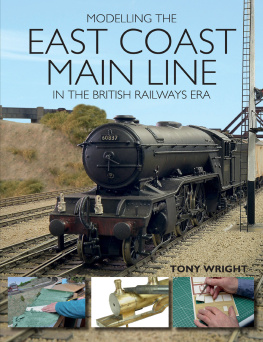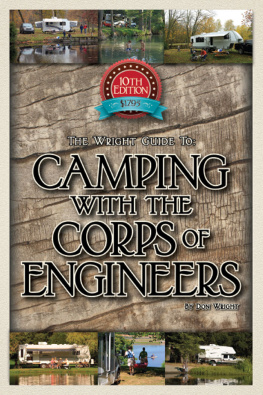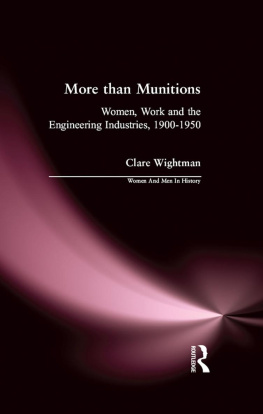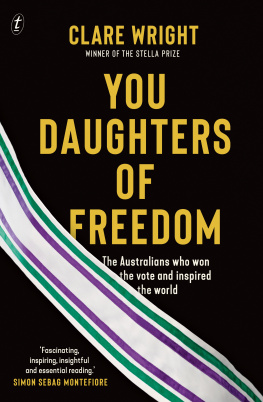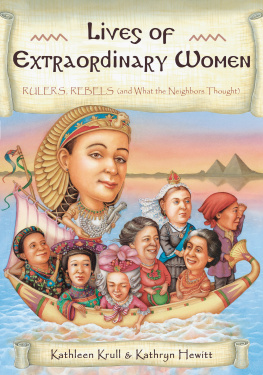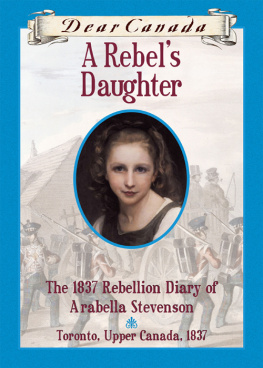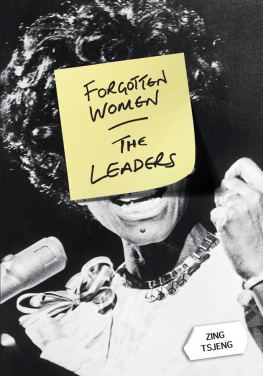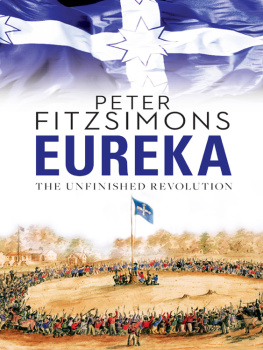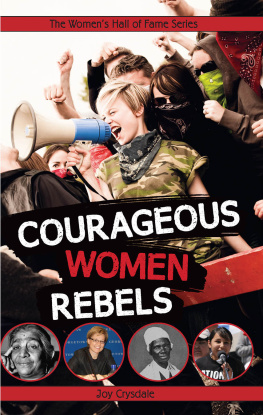
This book has been a heap of fun to write. All praise and credit to my editor, MandyBrett, who is required personnel on any razor gang. Apart from being handy with ared pen, she is a top chick.
Huge gratitude to Michael Heyward and all at Text Publishing for the vision behindthis book. Your belief in me and the scope of my work is a blessing. Jess Horrocksis responsible for the gorgeous layout and graphics. I dont know if you are a rebel,Jess, but you are undoubtedly a legend.
Thanks also to my agent, Jacinta Dimase, for holding my hand and never letting go.
Special thanks to the students in Michael Groses Year 12 Australian History classat Northcote High School who agreed to road test this book. Cheers to Principal KateMorris and Veep Nick Murphy for letting me roam around your classrooms without somuch as a lifejacket.
Much love, as always, to my family, who guide and support me in everything I do.
Last but never least, thank you to my gem of a husband, Damien, and our childrenBernie, Noah and Esther. You guys are keepers.
PRIMARY SOURCES
Clacy, Mrs Charles. A Ladys Visit to the Gold Diggings of Australia in 185253:Written on the Spot. London: Hurst and Blackett, 1853.
. Lights and Shadows of Australian Life. London: Hurst and Blackett, 1854.
Clendinning, Martha. Recollections of Ballarat: A Ladys Life at the Diggings FiftyYears Ago, 1892. State Library of Victoria, Australian Manuscripts Collection, MS10102/1.
Davis, Fanny. Ship Diary, 1858. State Library of Victoria, Australian ManuscriptsCollection, MS 10509.
Dick, Alexander. Alexander Dick Diary, 185456. State Library of Victoria, AustralianManuscripts Collection, MS 11241.
Evans, Charles. Charles Evans Diary (formerly known as the Samuel Lazarus Diary),185355. State Library of Victoria, Australian Manuscripts Collection, MS 11484.
Howell, Mrs W. May. Reminscences of Australia, the Diggings and the Bush. London:W. May Howell, 1869.
Howitt, William. Land, Labour and Gold: Or Two Years in Victoria, with Visits toSydney and Van Diemans Land. London: Longman, 1855.
Huyghue, Samuel. The Ballarat Riots, 1884. State Library of Victoria, AustralianManuscripts Collection, MS 7725.
Kelly, William. Life in Victoria in 1853 and 1858. London: Chapman and Hall, 1860.
Mossman, Samuel. The Gold Regions of Australia. London, 1852.
Pierson, Thomas. Thomas Pierson Diary, 185255. State Library of Victoria, AustralianManuscripts Collection, MS 11646.
Ramsay-Laye, Elizabeth. Social Life and Manners in Australia. London, 1861.
Swan, Jane Ann. Diary of a Voyage from Gravesend to Port Phillip on the William andJane, 12 August 18532 December 1853, 1853. State Library of Victoria, AustralianManuscripts Collection, MS 11465.
Train, Miller Davis. Letters of Miller Davis Train, 1854. Royal Historical Societyof Victoria, MS 000134.
SECONDARY SOURCES
Annear, Robyn. Fly a Rebel Flag: The Battle at Eureka. Fitzroy, Vic.: Black Dog Books,2004.
. Nothing but Gold: The Diggers of 1852. Melbourne: Text Publishing, 1999.
Bate, Weston. Lucky City: The First Generation at Ballarat, 18511901. Melbourne:Melbourne University Press, 1978.
Blake, Gregory. To Pierce the Tyrants Heart: The Battle for the Eureka Stockade,3 December 1854. Loftus, ACT: Australian Army History Unit, 2009.
Cahir, David. Black Gold: Aboriginal People on the Goldfields of Victoria. ANU E-Press,2012.
Corfield, Justin, Wickham, Dorothy and Gervasoni, Clare. The Eureka Encyclopaedia.Ballarat: Ballarat Heritage Services, 2004.
Goodman, David. Gold Seeking: Victoria and California in the 1850s. St Leonards,NSW: Allen & Unwin, 1994.
Johnson, Laurel. Women of Eureka. Ballarat: Historic Montrose Cottage and EurekaMuseum, 1995.
MacFarlane, Ian. Eureka from the Official Records. Melbourne: Public Record OfficeVictoria, 1995.
Molony, John. Eureka. Melbourne: Melbourne University Press, 1984.
Serle, Geoffrey. The Golden Age: A History of the Colony of Victoria, 18511861.Melbourne: Melbourne University Press, 1963.
Smith, Neil C. Soldiers Bleed Too: The Redcoats at the Eureka Stockade 1854. Brighton,Vic.: Mostly Unsung Military History, 2004.
Twomey, Christina. Deserted and Destitute: Motherhood, Wife Desertion and ColonialWelfare. Melbourne: Australian Scholarly Publishing, 2002.
Wickham, Dorothy. Deaths at Eureka. Ballarat: Ballarat Heritage Services, 1996.
. Women of the Diggings, Ballarat 1854. Ballarat: Ballarat Heritage Services, 2009.
MORE WORKS ON EUREKA BY CLARE WRIGHT
Beyond the Ladies Lounge: Australias Female Publicans. Carlton, Vic.: MelbourneUniversity Press, 2003.
Desperately Seeking Samuel: A Diary Lost and Found. La Trobe Journal 90 (2012):622.
The Eureka Stockade: An Alternative Portrait. In Making Australian History: Perspectiveson the Past since 1788, edited by Deborah Gare and David Ritter. South Melbourne:Thomson, 2008.
Golden Opportunities: The Early Origins of Womens Suffrage in Victoria. VictorianHistorical Journal 79, no. 2 (2008): 21024.
An Indelible Stain: Gifts of the Samuel Lazarus Diary. History Australia 6, no.2 (2009): 45.145.5.
Labour Pains: Towards a Female Perspective on the Birth of Australian Democracy.In Eureka: Reappraising an Australian Legend, edited by Alan Mayne. 12343. Perth:API Network Books, 2006.
A Lover and a Fighter: The Trouble with Lola Montez. Overland 195 (2009): 2029.
New Brooms They Say Sweep Clean: Womens Political Activism on the Ballarat Goldfields,1854. Australian Historical Studies 39, no. 3 (2008): 30522.
Its Monday morning, 4 December 1854. The tent city of Ballarat has woken to a strangedawn.
A Monday morning on the richest goldfield in the world would usually be humming:a busy start to an energetic week. There are 32,000 people on the Ballarat diggings,and normally they would be hard at it.
Miners from every continent on the globe working their claims. Cartloads of goodsarriving from Melbourne and Geelong to fill the stores with food and merchandise.To be sure, in 1854 most of the businesses are still not buildings at all, just simplecanvas structures of every size imaginable. But they serve their purpose. Restaurantsare dishing up food, grog shops are selling illicit booze; there are even theatresgetting ready for the evenings performance.
Normally, there would be newcomers putting up their tents and unloading their draysin wide-eyed fascination. Thered be children dodging and weaving through the tents,campfires and washing lines. Everywhere the sights and sounds of a colonial frontiersociety going about its daily business. And the noise would be ferocious.
But this Monday morning is silent.
An inferno has just torn through the dark hours of Saturday night and Sunday morning,shattering the rhythms of work and home.
It was a true Australian night, one miner later recalled, not a breath of wind stirredthe leaves of the stringy-bark treesthe whole air was full of that fine hazewhichslightly veils but does not conceal, lending a ghostly yet beautiful appearance toall around.
What happened next has been taught to Australian schoolchildren for generations.At 3am on Sunday 3 December 1854, a band of British troops and Victorian police stormedthe rough barricades that had just been erected by a mob of armed miners.
A few days earlier, the diggers had burnt their mining licences as a form of protestagainst the way local authorities bullied and harassed them. They were sick of beingpushed around. And they were sick of the government charging them a licence fee butnever listening to their complaints. The diggers pledged, in the words of their brandnew leader Peter Lalor,
Next page
